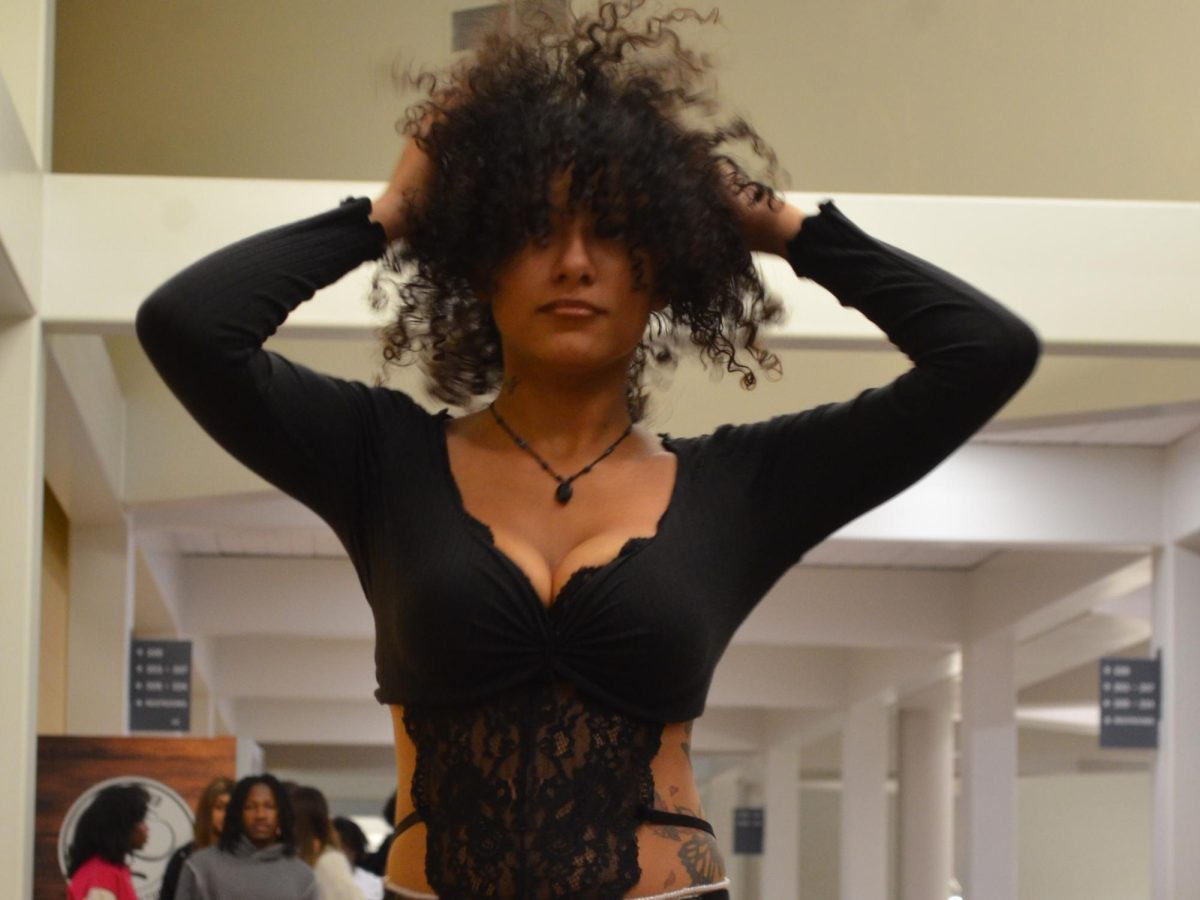“Oh, we had men by the hundreds who could have made the big leagues, by the hundreds, not by the fours, twos or threes. … Ain’t no maybe so about it.” — Satchel Paige, from his Hall of Fame induction speech in 1971.
With the sun shining warm overhead, someone finally saw to it that a stone marked the spot where Jimmie Crutchfield was buried.
It wasn’t a big baseball story, not with a week left in the season and eight teams still fighting for two playoff spots. It wasn’t all that elaborate a ceremony, either.
Three dozen people gathered at noon Sunday as a simple slab of granite topped by two handsome bronze plaques — one each for the Negro League great and his wife, Julia — was lowered onto a gravesite a few hundred yards from the entrance to Burr Oak Cemetery. But it was about time.
Crutchfield played his last game in 1946 and died almost 50 years later. He would have been 94 in March.
“Everybody I called about Jimmie,” said Dr. Jeremy Krock, an anesthesiologist from Peoria who led the drive for the memorials to Crutchfield and two other Negro Leaguers, “you could tell they were smiling on the other end of the phone.”
Crutchfield had that effect on people. Standing just 5-foot-7, he could hit, run, throw and eat up ground in the outfield in the same mesmerizing way Ichiro Suzuki does — only he did it seven decades earlier, and without ever getting the opportunity to showcase his talents in the major leagues. None of it wiped the smile off Crutchfield’s face.
In 1991, he stood alongside former commissioner Fay Vincent during a ceremony arranged by the Chicago White Sox to honor the handful of Negro Leaguers still living in the city. When Vincent asked Crutchfield which accomplishment was his proudest, there were plenty to review. Crutchfield hit .330 in just his second year, appeared in at least four All-Star Games, stole hundreds of bases and played on the 1932 Pittsburgh Crawfords, a team that featured Satchel Paige, Josh Gibson, Judy Johnson and Oscar Charleston and might have been the best ever assembled — black or white.
None of those made it into Crutchfield’s reply.
“The thing I’m most proud of,” he said, “is that I never hated nobody.”
This is a strange time for African-Americans in baseball. The bitter legacy of exclusion has all but faded, yet the number of players and fans are drifting back toward historic lows.
Men like Crutchfield, and John Donaldson and Jim “Candy” Taylor, the two other Negro Leaguers commemorated Sunday, once served as a lifeline to the game in black communities large and small. The trade off for being included, finally, is that their league disappeared. Now, like baseball itself, those men are becoming distant memories in those same places.
“When I was coming up, every diamond in every park around here was packed,” recalled 74-year-old Johnny Washington, another former Negro Leaguer who played in Chicago.
“Everybody wanted to be a ballplayer then. But ever since Michael Jordan came along, it’s been nothing but basketball around here. Me, personally, I think kids need role models and they could bring the game back if some of the ballplayers go back to where they started and helped light a fire under the kids.
“The problem is,” Washington said, “I just don’t see it happening.”
There are 18 ballplayers in the Hall in Cooperstown, N.Y., who played almost exclusively in the Negro Leagues, and a handful of better-known names — Jackie Robinson, Willie Mays, Hank Aaron, Roy Campanella and a few others — who began careers there before making their marks in the major leagues.
Funded by a $250,000 grant from MLB, researchers at the hall are finishing up a major study on the role of African-Americans in baseball history for publication some time next year. Exactly where it will place guys like Crutchfield, Donaldson and Taylor won’t be known until then. But Krock, who is white, couldn’t wait.
He first heard tales about Crutchfield from relatives when he was young — “the only guy ever to make it big out of Ardmore, Mo., where my grandparents lived,” Krock said — and couldn’t believe it when he finally made the trip up from Peoria and found himself standing over an unmarked grave. Especially at Burr Oak — one of just two cemeteries in the Chicago area that interred blacks decades ago — where such luminaries as music stars Dinah Washington and Willie Dixon and civil-rights activist Mamie Mobley-Till were buried.
“There are eight more Negro Leaguers buried here in unmarked graves,” Krock said, shading his eyes from the midday sun, “and we’re going to be able to take care of the rest of them sometime soon.”







